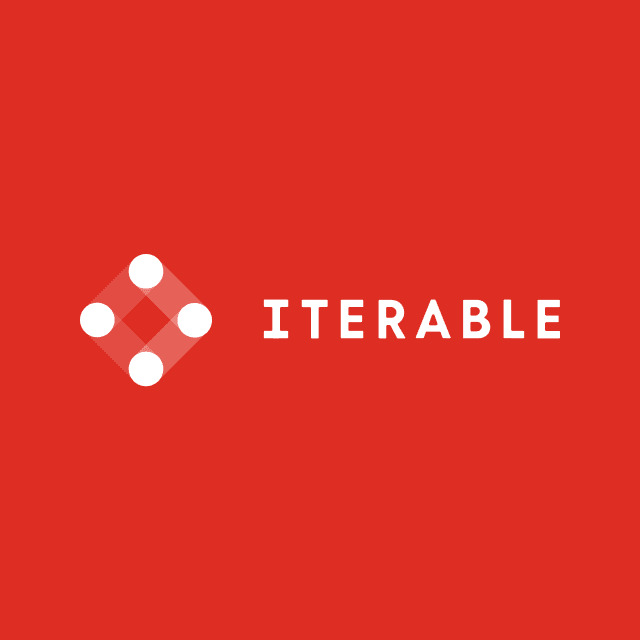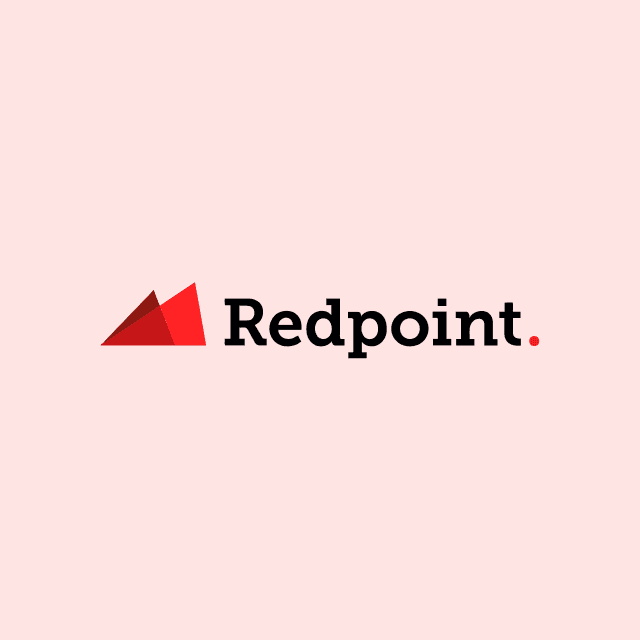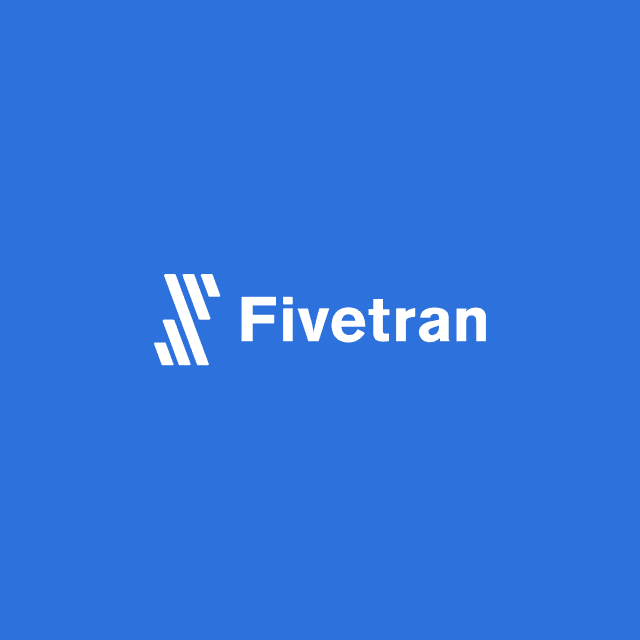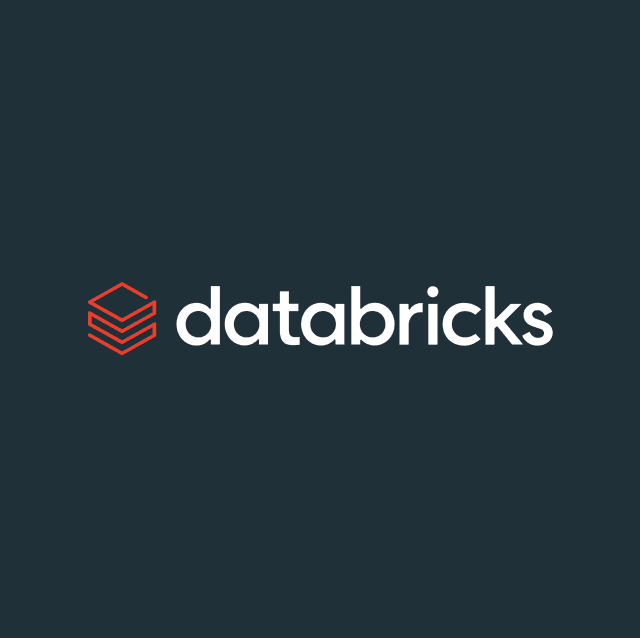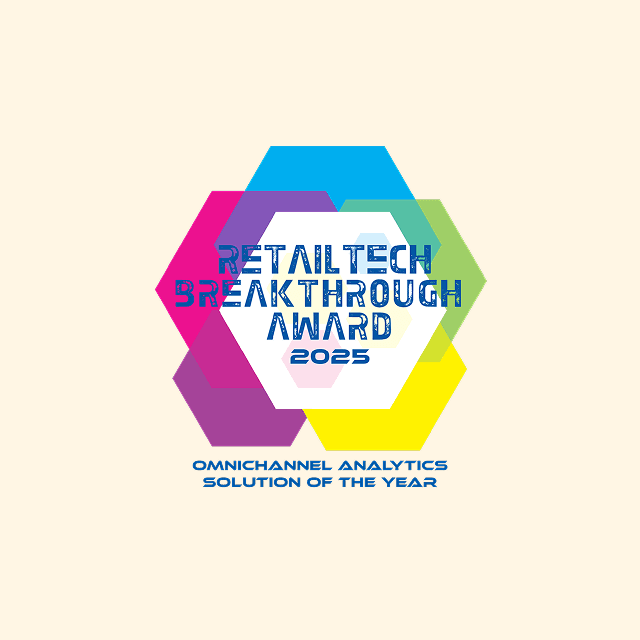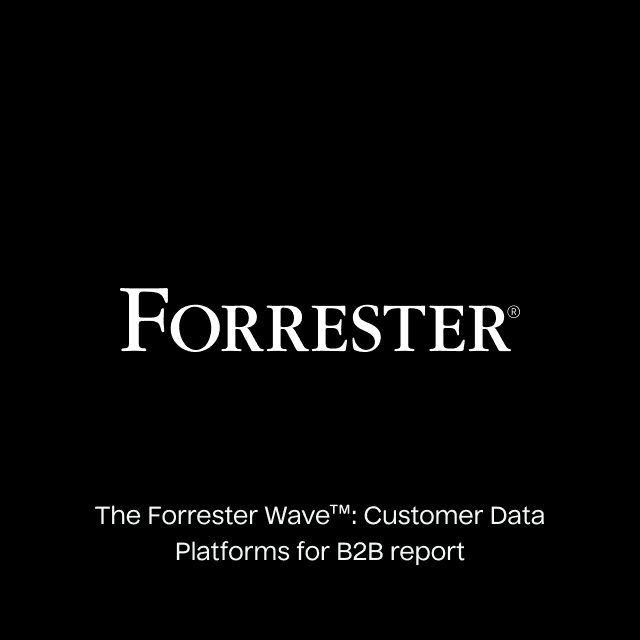For years, companies have relied on traditional ETL (extract, transform, load) processes to ingest data into their data stores as part of the modern data stack. However, organizations increasingly realize that it no longer makes sense to only leverage data for analytics.
As such, many companies now want to activate their data and move it out of their warehouse and back into their operational tools using Reverse ETL. This blog post will help understand what factors to consider when evaluating Reverse ETL and the best tools available in the marketplace today.
What is Reverse ETL
Reverse ETL is the process of copying data from your central data warehouse to your operational systems and SaaS tools so your business teams can leverage that data to drive action and personalize customer experiences.
Reverse ETL is the underpinning technology that powers all Data Activation use cases, helping your business teams turn insights into action. With Reverse ETL tools, you can deliver enriched customer data directly to your frontline operational tools–thus linking your data team's work directly to your business teams' outcomes.
Types of Reverse ETL Tools
There are a range of tools that have Reverse ETL capabilities (essentially transferring data), but they all behave differently.
- Reverse ETL: Reverse ETL tools act as an activation layer on top of your existing data warehouse, providing a fully managed platform to activate your customer data and manage data syncs to downstream systems. This is the purest form of Reverse ETL because you’re reading from a warehouse and writing to a destination.
- iPaaS: iPaaS (integration Platform as a Service) tools are low-code data integration platforms specializing in point-to-point integrations. These platforms automatically connect with APIs, allowing you to send data to and from systems using triggers and workflows. iPaaS isn’t a true Reverse ETL platform and acts more like a middleman.
- CDPs: A Customer Data Platform is an all-in-one centralized database that allows you to collect and send clickstream event data to various downstream destinations for activation. Like iPaaS, CDPs aren’t a true Reverse ETL platform.
How to Evaluate Reverse ETL Tools
While many different tools can move data between systems, there are essential features that are non-negotiable from a vendor perspective.
- Integrations: Most Reverse ETL tools are very similar regarding the number of integrations they support. However, this is important to remember as you evaluate tools because you need a platform that easily and fully addresses your use cases.
- Sync Robustness: Since data syncing is the core function of any Reverse ETL tool, you need granular flexibility to define when, where, and how often your syncs run. You need to be sure that your Reverse ETL provider can easily and dynamically address your workloads with speed.
- Developer-Friendly Features: Because the Reverse ETL process is simply moving data from one system to another, many data teams overlook critical quality-of-life features, only realizing they need them after implementing the tool. This includes integrations with other modern data tools (e.g., dbt, Fivetran, Datadog, etc.), audit logs to track user activity, version control, a live debugger for troubleshooting, and writing sync logs back to your warehouse so you can keep a historical record of your syncs for analytics.
- Marketer-Friendly Features: Since Reverse ETL tools address your business-oriented use cases, they need to be accessible by your non-technical business users. Your data teams should control the models, but your marketing teams should have direct access to a no-code and self-serve audience builder to build and manage user cohorts for downstream use cases. The ability to A/B test, analyze audience performance, visualize audience characteristics, and orchestrate audience syncs as needed is vital.
- Security: Security is a non-negotiable aspect of any Reverse ETL tool, and all tools should meet the standard requirements around GDPR, HIPAA, CCPA, and SOC 2 Type 2. You should also have granular RBAC control for users and groups, and approval flows for data syncs and models.
- Pricing: Pricing is an important factor that you can often overlook. And each tool that addresses Reverse ETL has a slightly different model. When evaluating pricing, you should consider how easily you can predict and scale costs for your specific use case. Many platforms force you to pay for features you won’t use, so in most cases, integration-based pricing is best.
Reverse ETL tools
With so many Reverse ETL tools, knowing which one to use can be challenging. Below are some industry-leading Reverse ETL solutions and breakdowns to help make your consideration easier.
Hightouch
Hightouch is a data and AI platform for marketers with Reverse ETL at its core, syncing data from your warehouse to 250+ destinations. The platform is purpose-built for data teams and marketers, offering SQL and no-code audience capabilities. You can set up the platform in under 20 minutes and run your first sync.

Hightouch
Pros and Cons: Hightouch is an extremely flexible Reverse ETL tool catering to marketing and data teams. The platform has a built-in live debugger to help view API requests and responses. The platform offers version control through Git and integrates directly with modern data tools like dbt, Fivetran, and Datadog.
Pricing: Hightouch pricing is based on active destinations. You only pay for destinations you’re using, and the first destination is completely free. Advanced features such as Customer Studio or Personalization API are accessible through the business tier plan.
Census
Census is a Reverse ETL tool that assists marketers in getting data from their warehouse to their business tools. They offer a no-code segment builder to help marketers build audiences without having any technical knowledge. They also help data teams by writing custom code and maintaining pipelines.
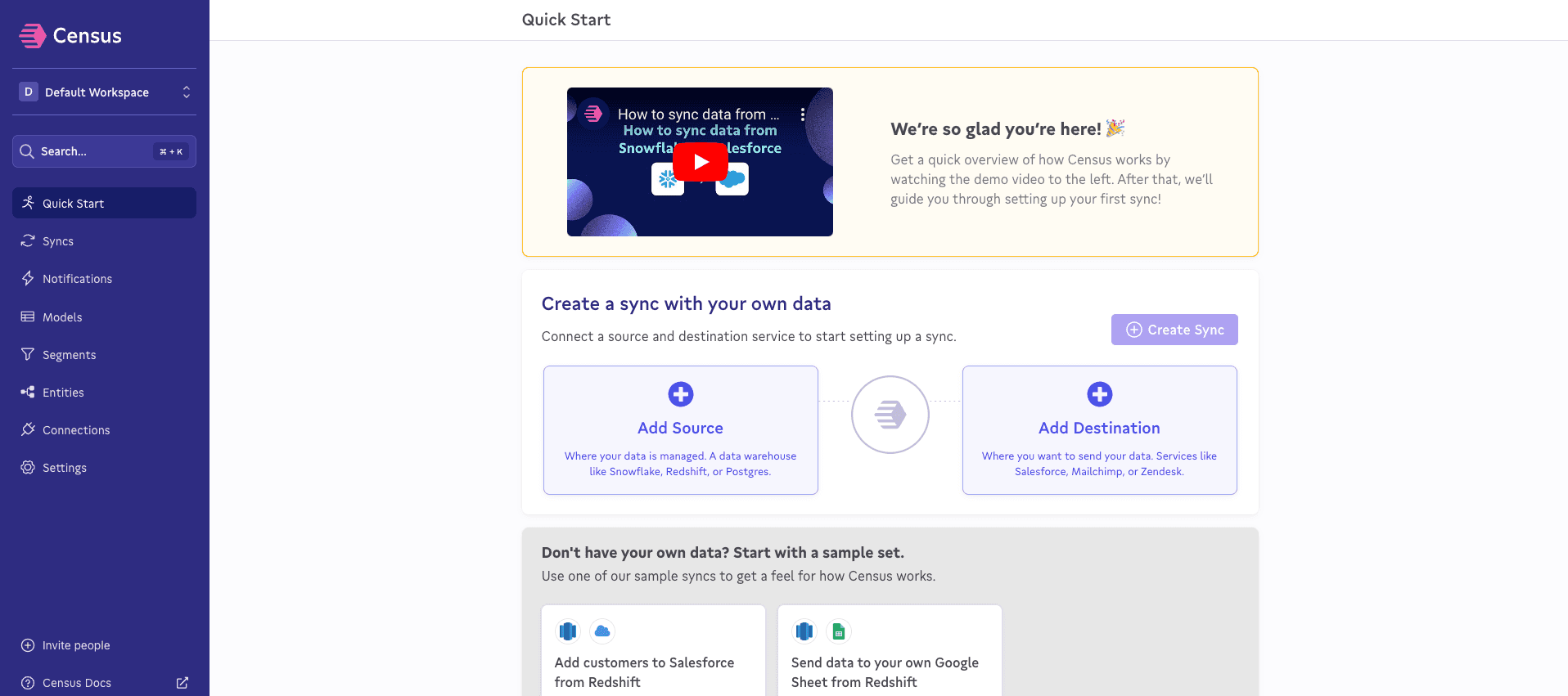
Census
Pros and Cons: Census is another pureplay Reverse ETL platform, but it’s not quite as flexible as Hightouch, offering limited capabilities regarding marketer/developer features. However, Census has great documentation, making setting up the tool easy and straightforward.
Pricing: Census’s pricing model offers less transparency because it’s based on destination fields. This makes it very difficult to estimate or scale your usage. Pricing is directly linked to the number of destination fields you want to sync. You can start with Census for free, but only up to 50 destination fields. More advanced features such as Segments, data enrichment, and real-time syncs require a paid tier.
Hevo Activate
Hevo Data is a traditional ETL platform that helps you to build and manage data pipelines from different data sources and automatically ingest the data into various data sources. The main use case for the platform is for data integration use cases, but it does offer some basic Reverse ETL capabilities.

Hevo Data
Pros and Cons: Hevo Data is an ETL platform to automate data movement. It uses a GUI interface to help you build and manage your pipelines. The user interface comes with a steep learning curve, making it difficult for non-technical users to use. Its Reverse ETL functionality is limited and can only be used with Hubspot and Salesforce.
Pricing: Hevo Data pricing is based on events. You can get a free account that supports up to 1 million free events. Additional features like Reverse ETL are only available through custom pricing.
Workato
Workato is an iPaaS solution that helps you to transfer data between apps through a low-code interface. The platform uses conditional logic based on triggers you define to send data from one application to another.

Pros and Cons: Workato is a point-to-point solution that allows you to build simple or complex workflows for moving data between systems. The platform offers pre-built recipes to help you build your workflows faster. Workato’s trigger-based system works great for simple use cases, but for anything more complex, you’ll quickly find yourself layers deep defining complex if/then logic and branches. Additionally, Workato forces you to build a completely new workflow from scratch whenever you want to send data, and maintaining these at scale is very difficult.
Pricing: Workato tailors towards enterprise companies, so pricing is not transparent without an initial sales call.
Rudderstack
Rudderstack is a customer data infrastructure platform tailored toward data engineers specializing in event collection and streaming. However, the platform also offers some Reverse ETL capabilities.
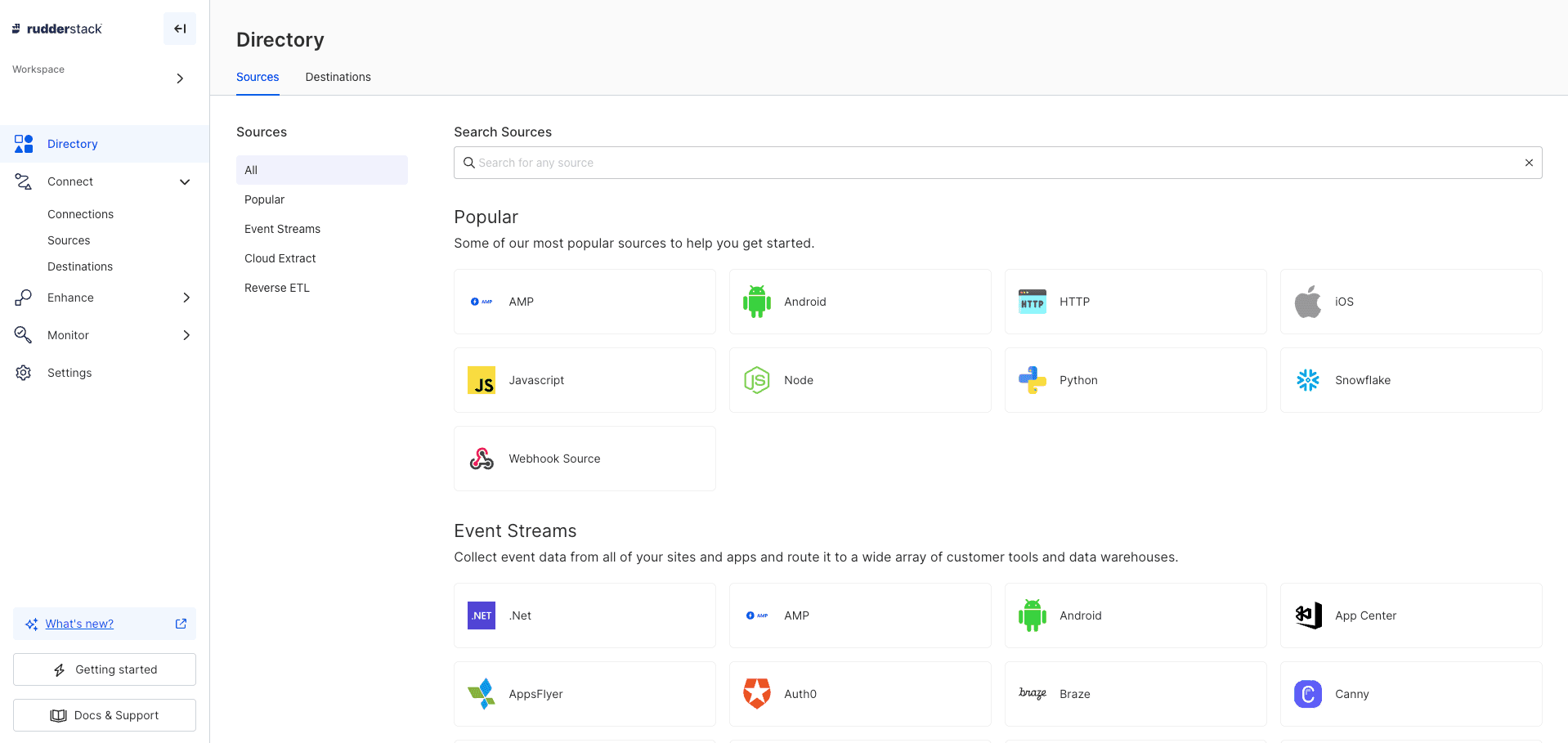
Rudderstack
Pros and Cons: Rudderstack is a customer data infrastructure solution allowing you to stream real-time event data from your website or app. It has over 200 cloud destinations and gives you access to event metadata to help with data governance. The platform doesn’t offer enterprise roles and permissions, which can cause security issues with sensitive data. It doesn’t utilize bulk APIs for downstream destinations, which could increase API call costs.
Pricing: Rudderstack bases pricing tiers on events. You can get a free account that supports up to 1 million events. Additional features like Reverse ETL are only available through custom pricing.
Segment
Segment is a customer data platform (CDP) that helps to collect event data from your web and mobile applications. It allows you to create a unified view of your customers so you can send that data directly to various downstream applications.

Segment
Pros and Cons: Segment is a CDP that captures streaming event data and tracks real-time customer behavior. The platform also offers you a single location to build and manage user profiles for activation so you can send that data to downstream destinations. The major downside to Segment is that the platform forces you to store your data under a strict user/account-based model, and you can’t easily leverage the existing first-party data in your data warehouse.
Pricing: Since Segment is known for event collection, pricing is based on the number of visitors per month. You can get 1000 visitors per month on a free account. Beyond that, pricing starts at $120 per month, and additional audience management and activation features cause the price to increase even more.
Matillion
Matillion is a GUI-based ETL pipeline tool that helps you build and manage data pipelines for various sources so you can automatically ingest that data into different data stores. The platform is more commonly used for traditional data integration use cases but has some basic Reverse ETL capabilities. The tools are complicated and not user-friendly, and the Reverse ETL features are very limited.
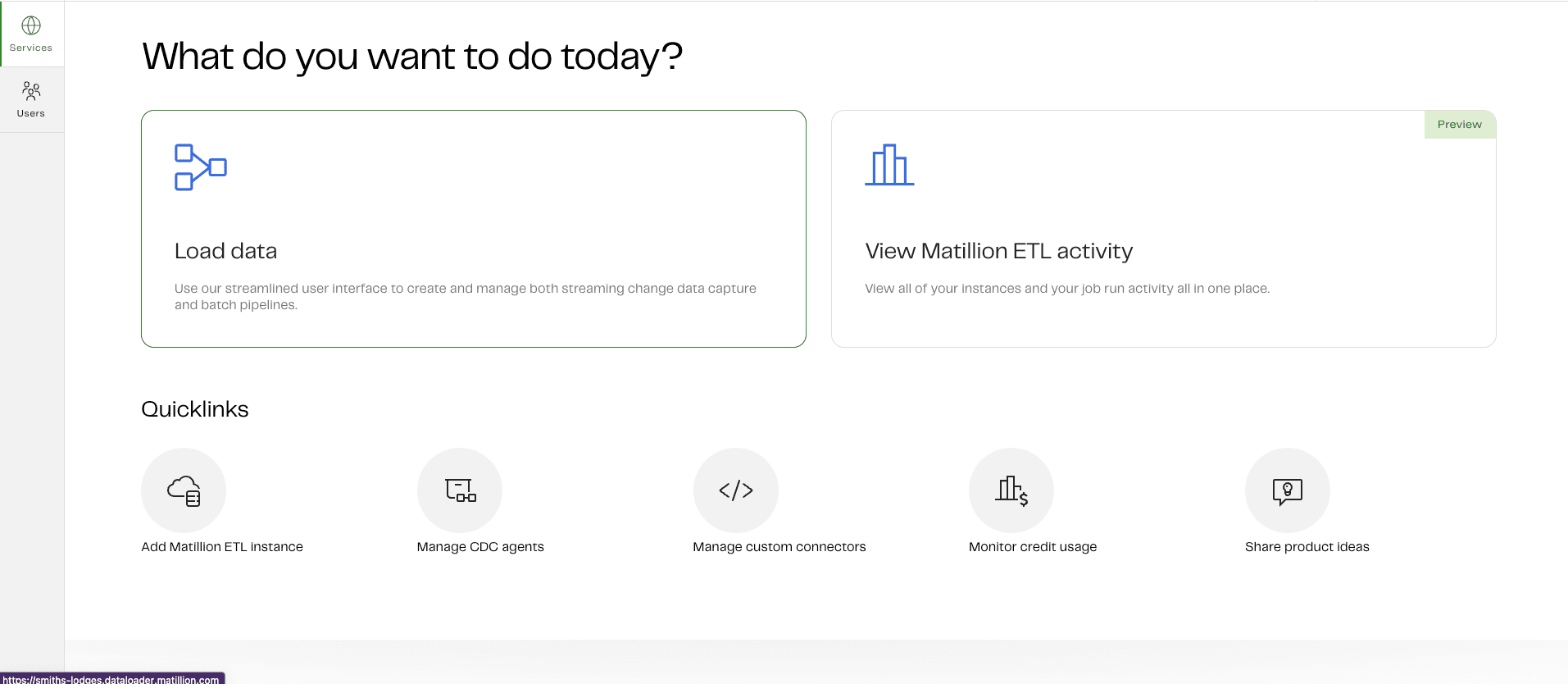
Matillion
Pros and Cons: Matillion is a traditional ETL tool, but it’s designed to work with cloud-native applications. The platform is built on top of a GUI interface that lets you visually define your pipelines and transformation jobs. Matillion is a complex tool with a steep learning curve and is only accessible to technical data teams. There are no marketer-friendly audience features, and the Reverse ETL capabilities are tough to use.
Pricing: Matillion pricing is based on a credit system where you use credits for each row loaded when running Matillion ETL instances. Credits start from $2 per credit and increase to $2.70, depending on the tier. Advanced features like a no-code customer connector builder, audit logs, and a Git repository are only available on higher tiers.
Informatica
Informatica is a data integration platform that addresses many use cases. It offers a variety of features, such as a data catalog for organizing all your data and a suite of tools for managing and building data pipelines. The platform works very similarly to traditional iPaaS platforms.
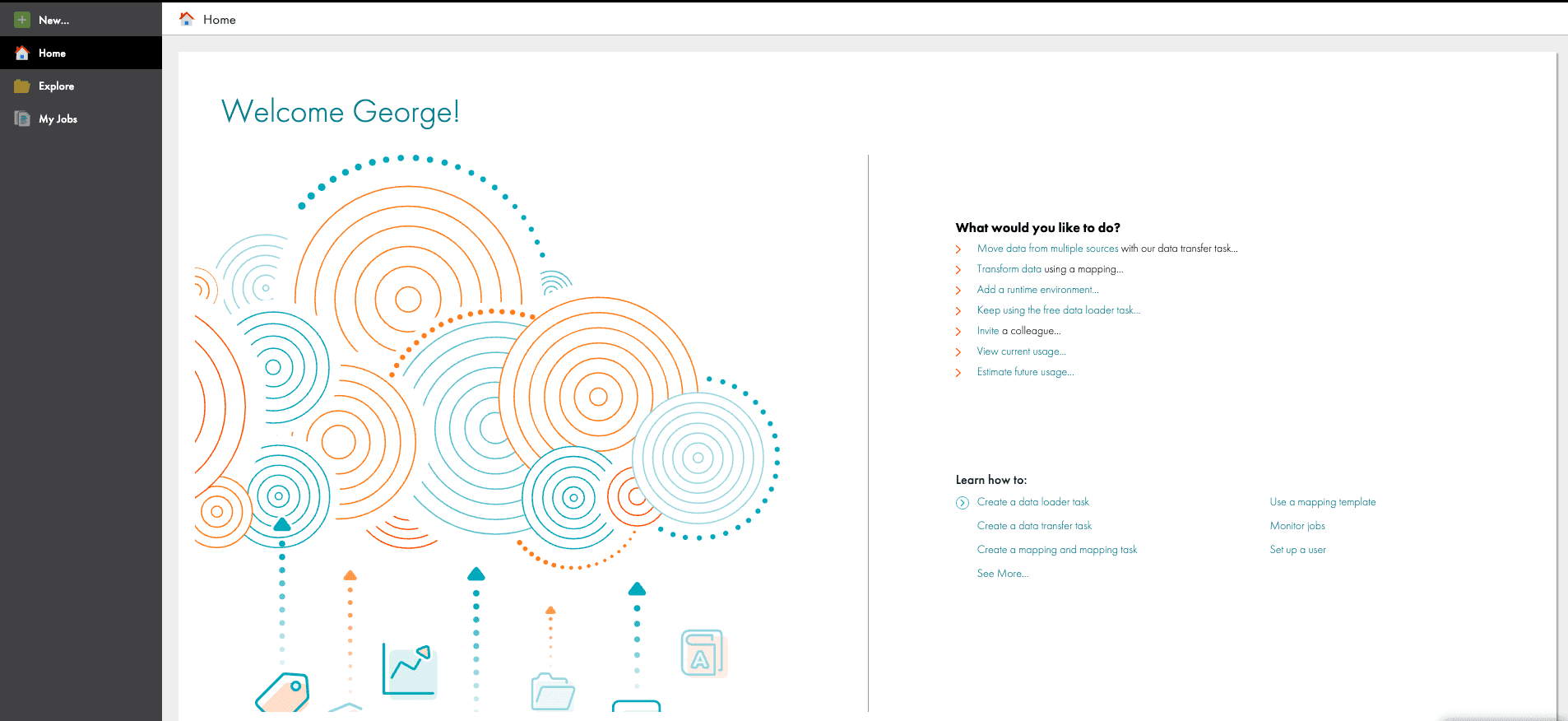
Informatica
Pros and Cons: Informatica has been a legacy data integration tool since the early 90s. The platform was originally designed to integrate with on-premise systems, but over the years, it has slowly transitioned into a cloud offering. Informatica is built around an archaic GUI-based interface that allows you can build and manage pipelines. However, there is a huge barrier to entry for non-technical users, and it doesn’t easily integrate modern data tools.
Pricing: Base pricing for Informatica starts at around $2,000 per user seat. Because Informatica addresses so many use cases, it isn’t easy to understand what features you’re paying for within your contract. The platform does not offer self-serve pricing, making it very difficult to implement the tool without a lengthy sales process.
Polytomic
Polytomic is an ELT platform that helps you build and manage a data pipeline to send your data to and from any integrations in their library. Polytomic main use case is to move data from point A to point B. It offers Reverse ETL capabilities, but they are limited. The tool is hard to learn and not very user-friendly.

Polytomic Image source
Pros and Cons: Polytomic is an ETL platform you can use for a different range of functions such as ETL, iPaaS, and Reverse ETL. The GUI-interface is built upon is complex and isn’t suitable for non-technical users. The platform excels in ETL, so the Reverse ETL features are basic and lack audience-building features.
Pricing: Polytomic pricing starts at $500 per month but requires contacting them for further information. Additional features like on-prem deployment, single sign-on, and phone support are only available through custom pricing.
Omnata
Omnata is a Reverse ETL tool built to live query data from a cloud data warehouse to Salesforce rather than copying it. Its main use case is to access data in Salesforce without storing it in a bloated custom object.
Pros and Cons: Omnata is a Reverse ETL tool that enhances your experience with Salesforce by allowing you to live query data from your data warehouse. It helps you access complex data models directly in Salesforce without storing that data in complex custom objects. It doesn’t work like a traditional Reverse ETL, as no data is copied into Salesforce. And it has limited functions with no audience builder and only supports Salesforce as a connection.
Pricing: Omnata pricing starts with a self-service tier at $20 per user per month. If you are a high-volume user, you will need to contact them for custom pricing.
Final Thoughts
Reverse ETL is the cornerstone technology for powering Data Activation use cases. If you have data sitting in your warehouse, you need to take action on it.
When it comes to Reverse ETL, choosing a pureplay provider that runs on top of your existing data warehouse is the best option. If you want to get started with a G2 award-winning Reverse ETL tool, you can book a demo with Hightouch or create a workspace today.






